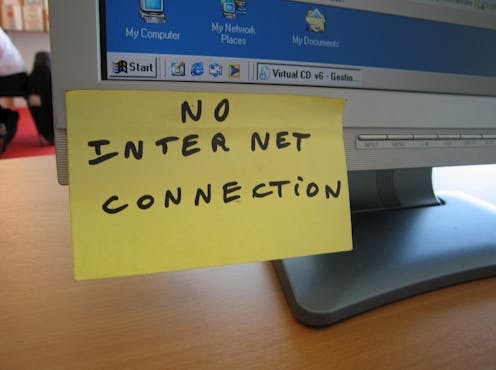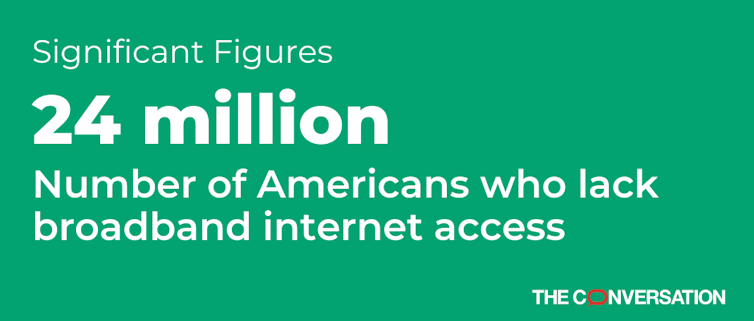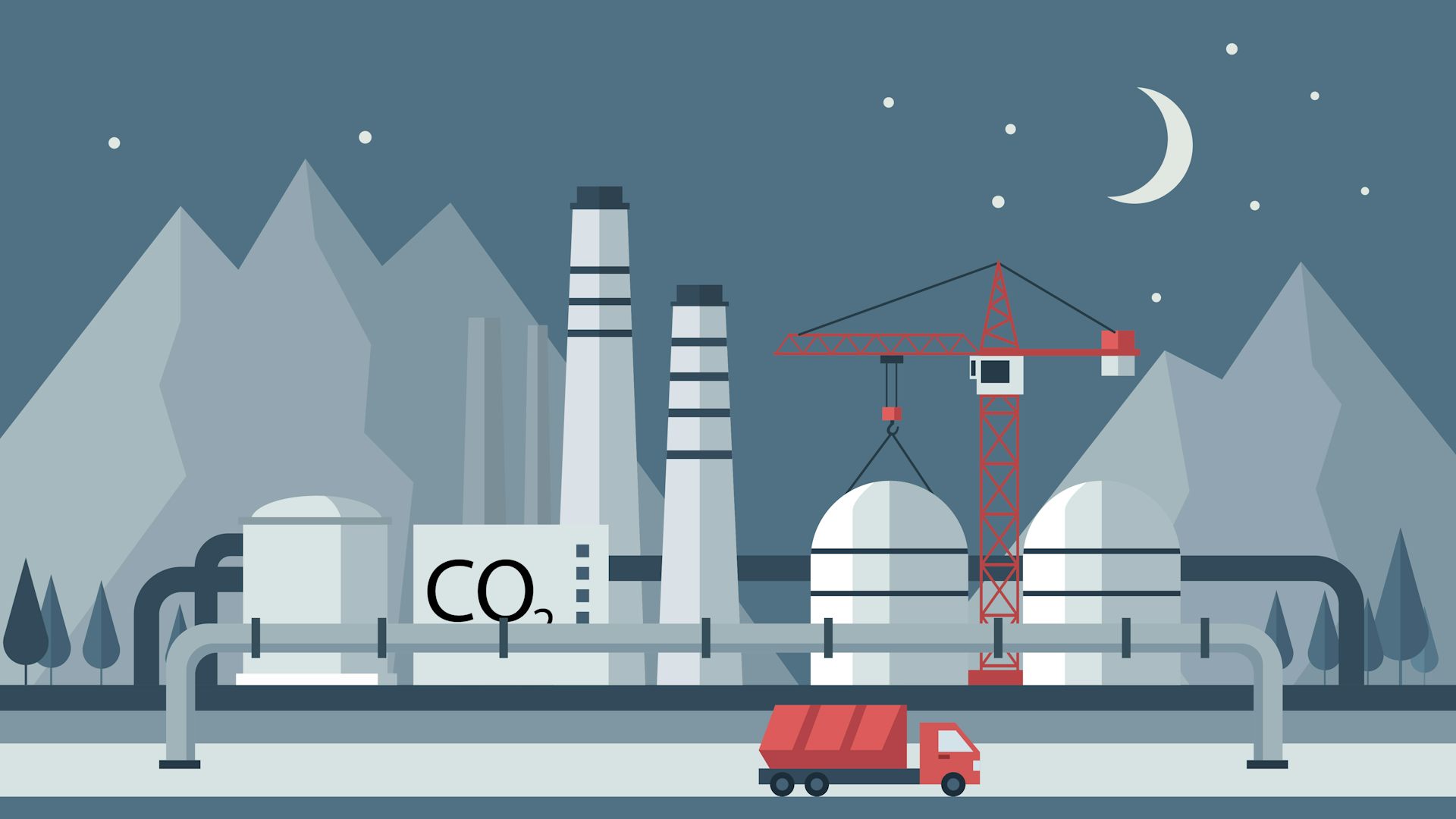The digital divide leaves millions at a disadvantage during the coronavirus pandemic
The COVID-19 pandemic is forcing people to study and work online. It's also sparked a need for news and information. That's a challenge for the 24 million Americans who lack broadband internet access.


Amidst the flurry of social media updates about the COVID-19 pandemic, a chart illustrating the importance of flattening the curve has gone viral. The idea is that taking measures to slow the spread of COVID-19 lowers the chances of overwhelming hospitals and increases the chances that all of those who become ill will have access to treatment. The logic behind flattening the COVID-19 curve is intuitive – don’t panic, but be careful.
Unsurprisingly, the internet is playing a critical role in getting the word out to be careful and to help flatten the COVID-19 curve. Websites that present government data are giving people a sense of where cases are concentrated, and numerous other websites list numbers to call, symptoms to check for and tips for prevention. Increasingly universities are shifting courses online, businesses are asking employees to work from home and shoppers are ordering groceries online to minimize time in crowded spaces.
While the internet is an important resource in efforts to stay informed and proceed with daily lives during the COVID-19 pandemic, these online approaches to reducing risk are not available to everyone in the same way. As the Federal Communications Commission reports, more than 24 million Americans have no access to broadband internet, while the Pew Research Center projects 163 million Americans lack access to reliable broadband internet connections.
This digital divide falls along existing lines of socioeconomic inequality – those who are poorer and live in less affluent areas pay more for less reliable service. And while smartphones are more prevalent across all socioeconomic groups, they’re a poor alternative for broadband internet access for tasks like working from home or attending classes online.
The digital divide leaves some of the most vulnerable Americans – a significant proportion of the 163 million who lack access to a reliable broadband internet connection – at a significant disadvantage when it comes to accessing the real-time information people need to respond to COVID-19. This is a problem not only for people without broadband access, but also for society as a whole as we struggle to flatten the COVID-19 curve.
There will be many important lessons to be learned from the COVID-19 pandemic. A less obvious, yet nonetheless important, lesson is that the digital divide is complicating efforts to respond to the challenges society faces. Indeed, a poignant lesson from this pandemic is that finding ways to bridge the digital divide is quickly becoming a matter of life and death.
[Insight, in your inbox each day. You can get it with The Conversation’s email newsletter.]
Gregory Porumbescu does not work for, consult, own shares in or receive funding from any company or organization that would benefit from this article, and has disclosed no relevant affiliations beyond their academic appointment.
Read These Next
Empathy and reasoning aren’t rivals – new research shows they work together to drive people to help
Those driven by both heart and mind help the most people, even far beyond their own circle.
Why do family companies even exist? They know how to ‘win without fighting’
My team analyzed decades of research on family businesses to find out their secret sauce. Three key…
Google plans to power a new data center with fossil fuels, yet release almost no emissions – here’s
To reduce emissions put into the atmosphere, Google is using carbon capture and sequestration. But not…




